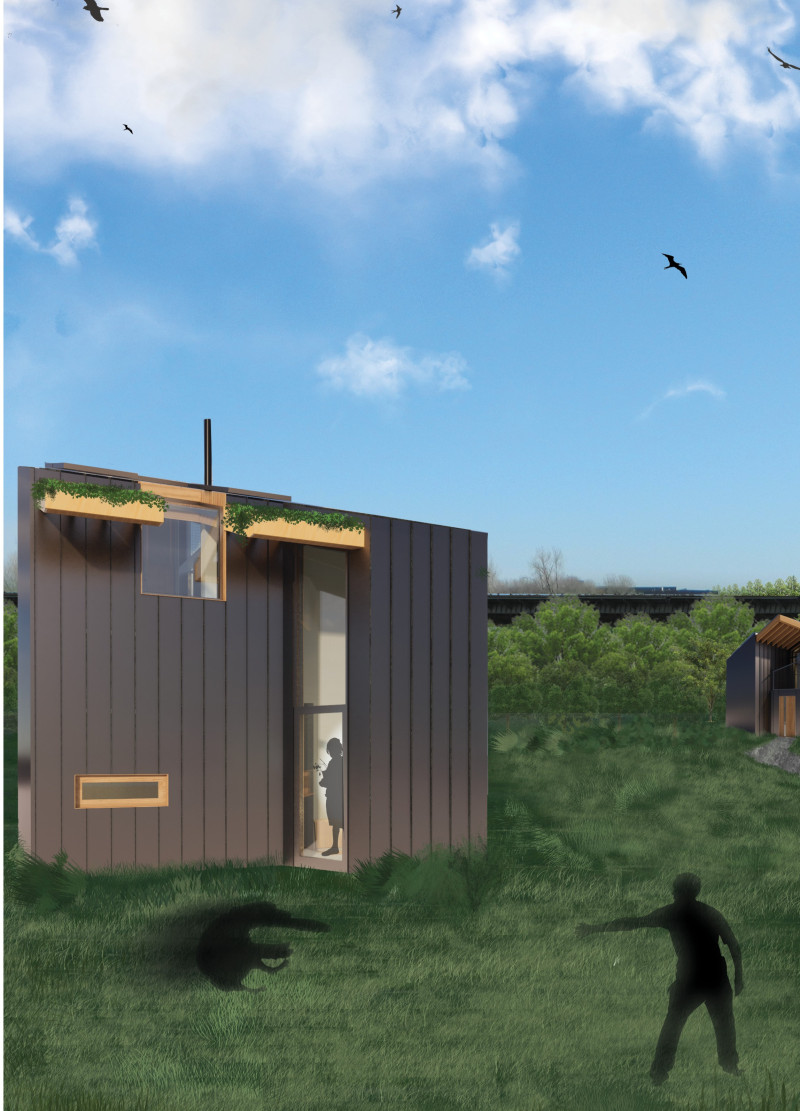5 key facts about this project
The Alt-Shift architectural project in Queens, New York, focuses on reimagining urban living through innovative design and sustainable practices. This project revitalizes vacant railway lots, presenting a unique opportunity to integrate contemporary residential forms within a historically rich environment. By analyzing traditional architectural typologies such as single-family homes, duplexes, and row houses, the design aligns with the area's existing character while proposing new functional adaptations.
The project functions as a versatile living space by creating multi-functional areas that promote social interaction and private retreat. The arrangement allows for seamless movement through communal and personal spheres, maximizing usability within compact footprints. By employing strategies for vertical space utilization and enhancing environmental performance, Alt-Shift emphasizes the importance of sustainable urban development.
Unique Design Approaches and Material Selection
Central to the project’s distinctive character is the innovative approach to spatial organization. The division of traditional forms enables new configurations that reflect contemporary needs while preserving a connection to the past. This innovative layout promotes flexibility in use and encourages social engagement among residents.
Material selection is critical to the project’s sustainability focus. The use of renewable materials such as bamboo and engineered wood reduces environmental impact while offering aesthetic appeal. Additionally, features such as Eco-Mesh for green integration and energy-efficient glass systems contribute to lower energy consumption and improved indoor air quality. The architectural design also includes gardens and green roofs, which not only enhance aesthetics but support urban biodiversity.
Architectural Integration with Community
Alt-Shift’s design integrates community-centric spaces that encourage interaction and connection. Outdoor pathways, communal terraces, and integrated green spaces foster a sense of belonging among residents. The layout emphasizes pedestrian access and encourages social exchanges, addressing the need for cohesive community development in urban settings.
Alt-Shift is an instructive case study for contemporary architecture, demonstrating how thoughtful design can enhance urban living. To further understand the architectural plans, sections, and detailed design strategies employed in this project, exploring the full presentation is highly recommended. This analysis of Alt-Shift presents foundational insights into how modern architectural ideas can positively impact urban environments.





















































